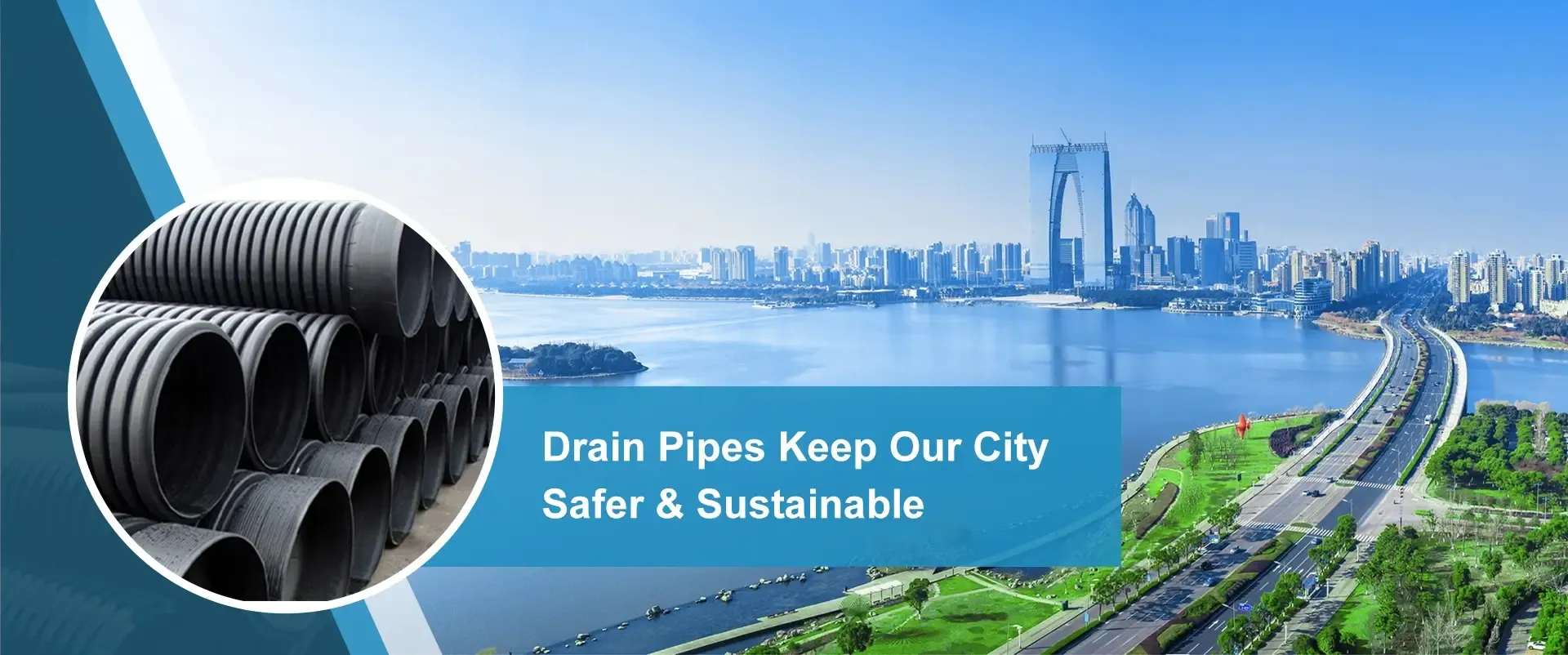Aug . 20, 2024 13:56 Back to list
HDPE Pipe Specifications for Water Supply Applications in Industrial Manufacturing
HDPE Pipe for Water Supply Specifications and Factory Insights
High-Density Polyethylene (HDPE) pipes have emerged as an essential component in modern water supply systems due to their robust properties, durability, and cost-effectiveness. Designed for a wide range of applications, HDPE pipes are particularly suited for water supply, offering an array of advantages that make them a preferred choice among engineers and contractors. This article delves into the specifications of HDPE pipes for water supply and offers insights into their manufacturing process in factories.
Specifications of HDPE Pipes
HDPE pipes are characterized by their high resistance to both chemicals and environmental stress, making them an ideal solution for transporting potable water. The specifications for HDPE pipes used in water supply applications typically include
1. Material Composition HDPE is a thermoplastic polymer made from petroleum. The density of the polyethylene provides excellent strength-to-weight ratios. It is also resistant to a wide range of chemicals, thereby ensuring the pipe's longevity.
2. Pipe Dimensions HDPE pipes come in various diameters, typically ranging from 20 mm to over 1,200 mm (0.8 inches to 48 inches), depending on the requirements of the water supply system. The wall thickness can vary according to the pressure classes defined by industry standards.
3. Pressure Rating The pipes are classified based on their pressure ratings, with common classifications including PN6, PN10, PN12.5, PN16, and higher. The 'PN' stands for 'pressure nominal' and indicates the maximum pressure the pipe can withstand in bar.
4. Standards Compliance HDPE pipes for water supply must comply with various international standards, such as ISO 4427 and ASTM D3035. These standards ensure that the pipes have been tested for durability, flexibility, and resistance to external forces.
5. Connection Methods HDPE pipes are generally joined using heat fusion, electrofusion, or mechanical fittings. These methods ensure a seamless and leak-proof connection, which is critical for maintaining water quality and preventing loss.
6. Color Coding While HDPE pipes can be produced in various colors, pipes intended for potable water supply are often colored blue for clear identification.
hdpe pipe for water supply specifications factory

Manufacturing Process in Factories
The production of HDPE pipes involves several steps, ensuring that the final products meet the stringent specifications necessary for water supply applications
1. Raw Material Preparation The manufacturing process begins with the selection of high-grade polyethylene resin. The resin undergoes quality control checks to ensure it meets industry standards.
2. Extrusion The prepared resin is fed into an extruder, where it is melted and forced through a die to form the pipe shape. The extrusion process is key to achieving the desired diameter and wall thickness.
3. Cooling and Sizing Once extruded, the pipes are cooled using water or air. They are then sized and cut to the required lengths, with additional precision machining applied as necessary.
4. Quality Assurance Testing Each batch of HDPE pipes undergoes rigorous testing, including pressure tests and resistance to impact. These tests confirm that the pipes will perform reliably in real-world conditions.
5. Packaging and Shipping After passing quality control, the pipes are packaged for shipment to construction sites or distributors. Proper handling and packaging are essential to prevent damage during transportation.
Conclusion
HDPE pipes are a cornerstone of modern water supply systems, combining durability, flexibility, and safety. Their specifications ensure they can withstand the rigors of transportation and distribution, while the manufacturing process guarantees high quality. As water demand continues to rise globally, the adoption of HDPE pipes will play a crucial role in developing sustainable and efficient water supply networks.
-
High-Quality PVC Borehole Pipes Durable & Versatile Pipe Solutions
NewsJul.08,2025
-
High-Quality PVC Perforated Pipes for Efficient Drainage Leading Manufacturers & Factories
NewsJul.08,2025
-
High-Quality PVC Borehole Pipes Durable Pipe Solutions by Leading Manufacturer
NewsJul.08,2025
-
High-Quality PVC Borehole Pipes Reliable PVC Pipe Manufacturer Solutions
NewsJul.07,2025
-
High-Quality UPVC Drain Pipes Durable HDPE & Drain Pipe Solutions
NewsJul.07,2025
-
High-Quality Conduit Pipes & HDPE Conduit Fittings Manufacturer Reliable Factory Supply
NewsJul.06,2025

